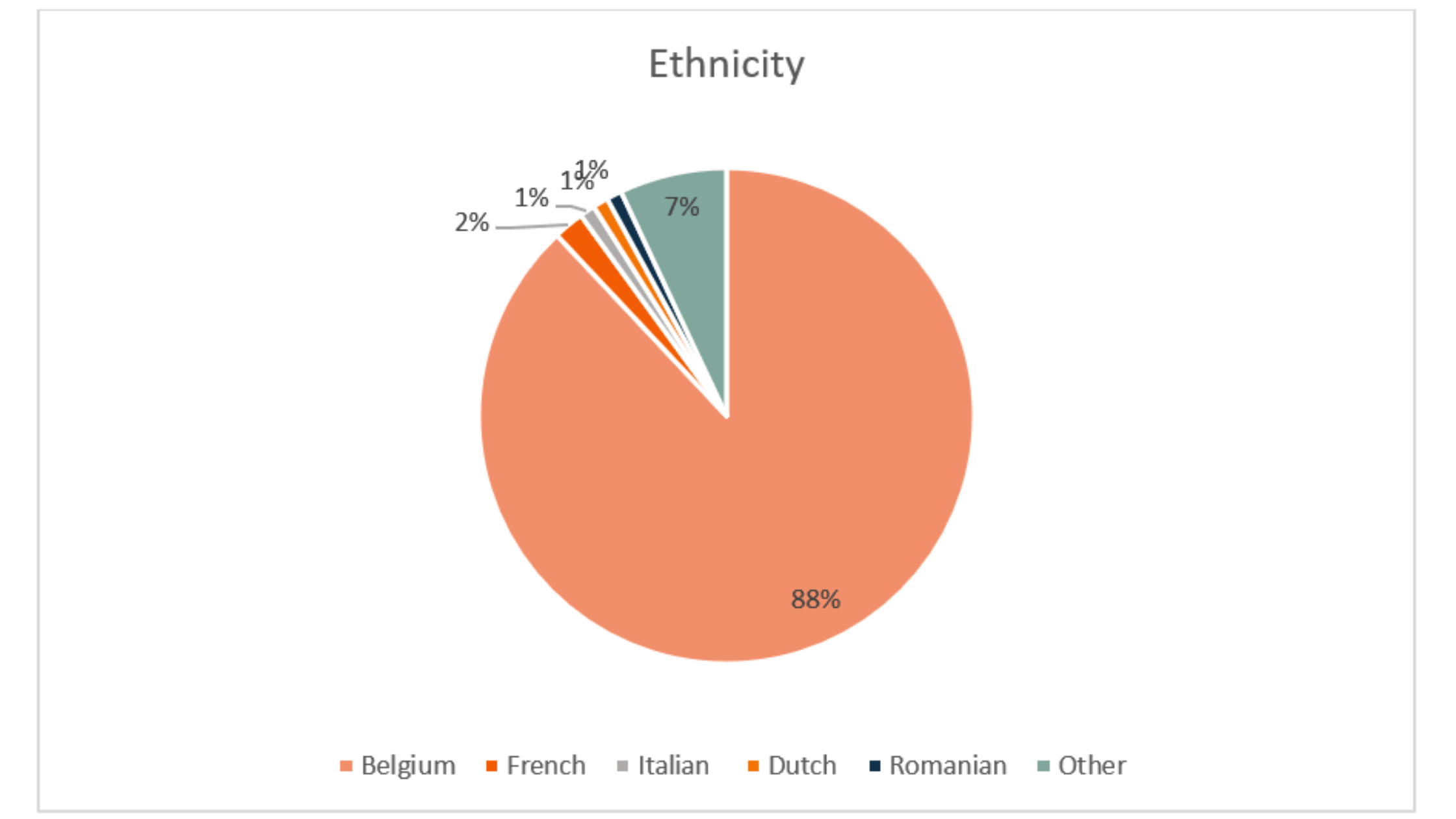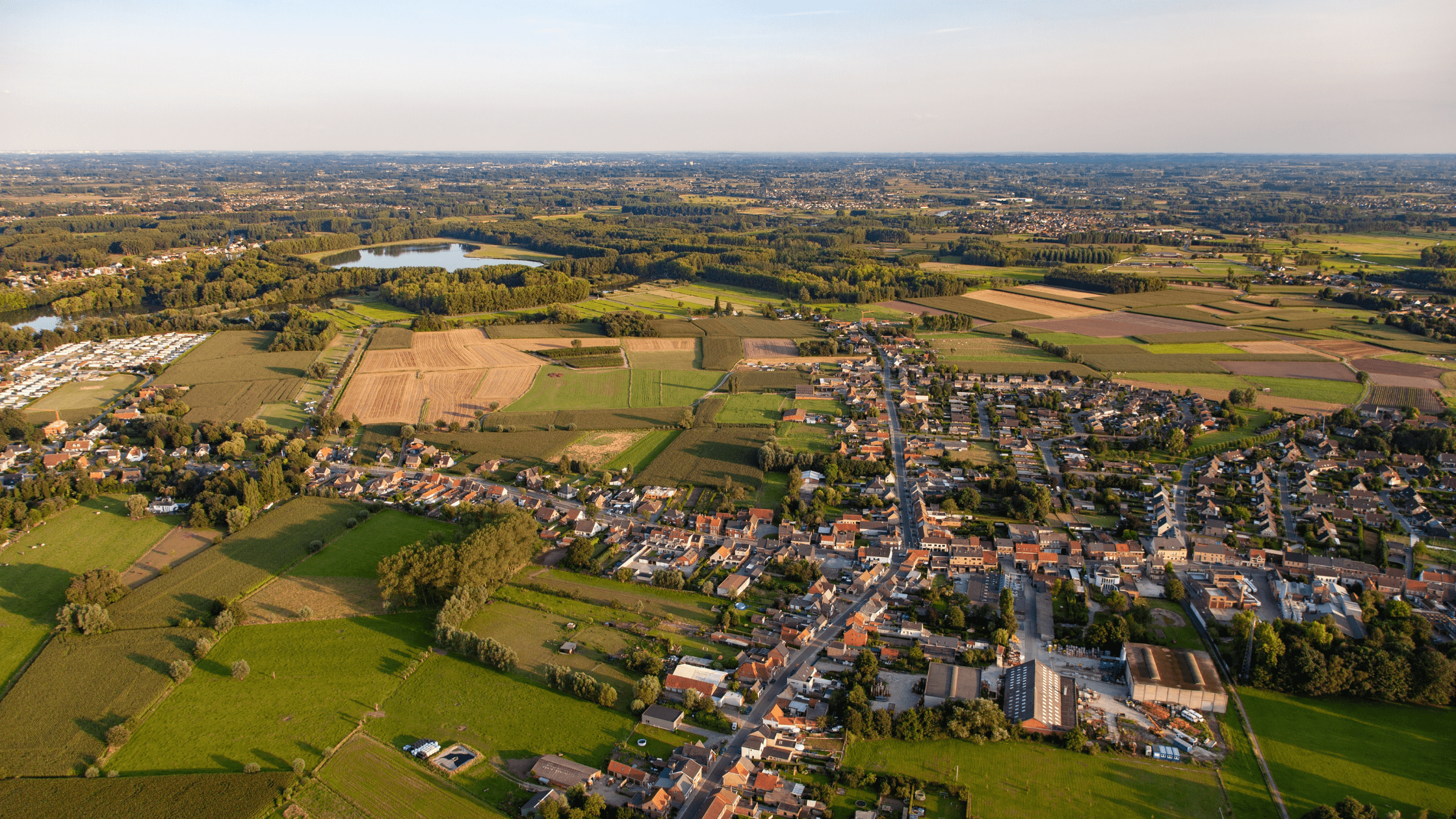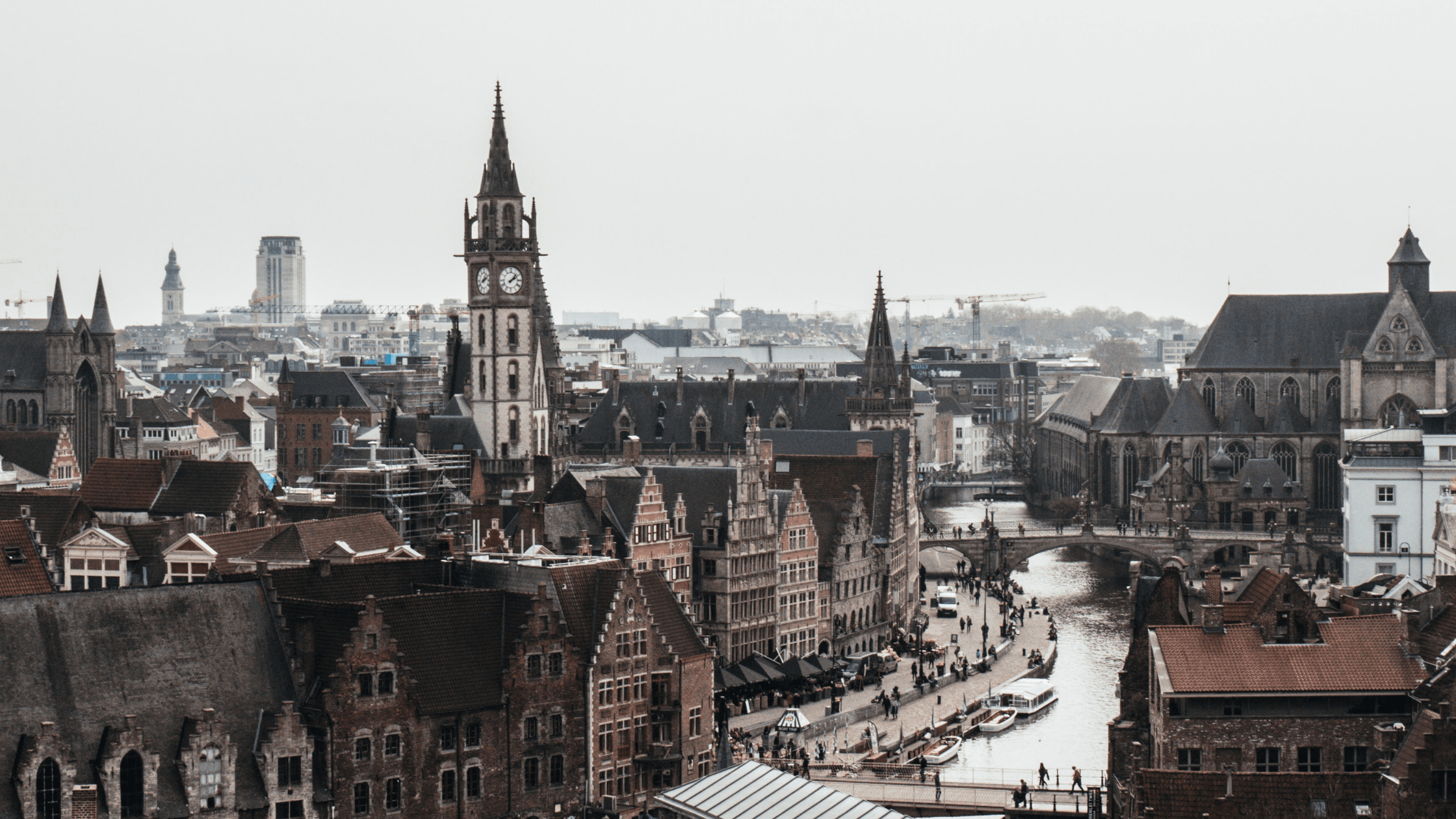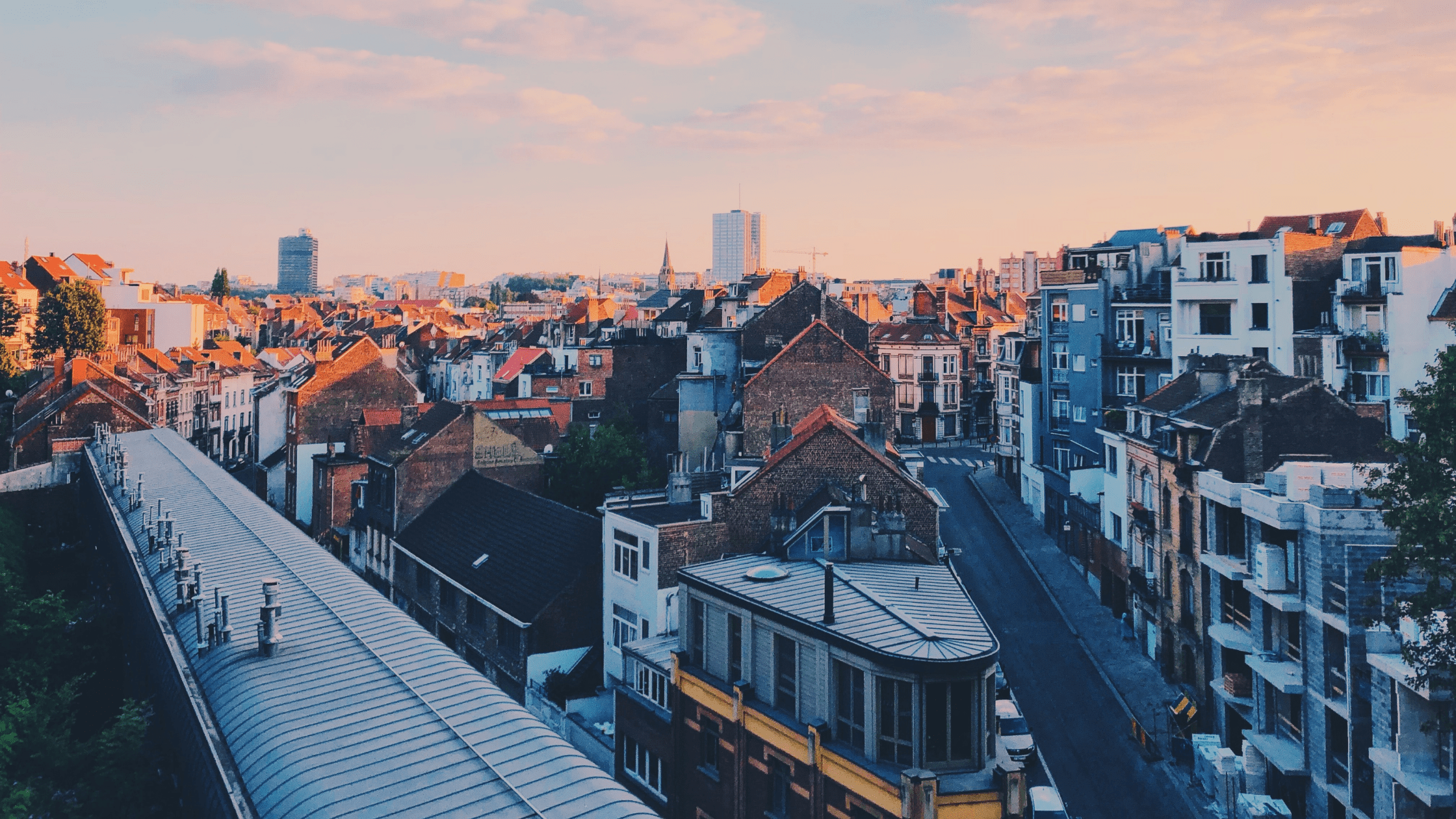General Information
| POPULATION | 11.46 million |
| LANGUAGE | Dutch, German and French |
| CAPITAL | Brussels |
| CURRENCY | Euro |
Fun Facts
- The first skyscraper in Europe was built in Belgium
- Belgium has the largest urbanized population in Europe
- Belgium has the most castles per square Kilometer
- Antwerp is the worlds diamond capital
- The Saxophone Was Invented by a Belgian
Belgium
Belgium is a fairly new country that became independent from its Dutch rulers in 1830. Its current borders were only settled in 1919. The country is split in two valleys of the river Meuse. To the North lie flat, fertile plains stretching to the coast. A thriving textile industry grew up here in the 16th century around cities such as Bruges, which is still known for its lace making. To the south lie the Ardennes Mountains, a region of poor soil and scattered farms. Belgium is bordered on the north by the Netherlands, on the east by Germany, on the south-east by Luxembourg, and on the south by France.
Ethnicity
There are 11.46 million living in Belgium
- 88% Belgium
- 2% French
- 1% Italian
- 1% Dutch
- 1% Romanian
- 7% Other

Economy
Belgium has a free-enterprise economy, with the service sector accounting for the majority of the country’s GDP. Belgium’s economy is inextricably linked to the rest of Europe. The country has been a member of the Belgium-Luxembourg Economic Union (BLEU), the Benelux Economic Union, and the European Union. Belgium’s central geographic location and well-developed transportation network have aided in the development of a well-diversified economy that includes a diverse range of transportation, services, manufacturing, and high-tech industries. Northern Flanders has a concentration of service and high-tech sectors, while southern Wallonia has industries such as coal and steel manufacturing. Belgium is fully reliant on imported fossil fuels, and the scheduled closure of seven nuclear power units by 2025 will only exacerbate the country’s reliance on imported energy. The main exports are industrial iron and steel, engineering products and vehicles. The majority of the population is Roman Catholic accounting for 75% the remaining 25% is classified as other.
Food
Belgian food is a mixture of French and Flemish influences. Soup is very popular and many regions have their own local recipes. A speciality is mussels and chips, which can be eaten in an expensive restaurant or bought from a street stall. Belgium also caters for a lot of quality chocolate and produces 600,000 tons per year. Waterzooi is a classic Flemish stew made with leeks, potatoes, carrots, cream, butter, and herbs and cooked with either chicken or fish. When the weather gets a little cool, this dish is perfect. Tomatoes are the most produced vegetables in Belgium. Belgian Beer Comes in Over 450 Different Varieties.
Some traditional dishes can include:
– Waterzooi (Seafood Stew)
– Pommes frites (Chips)
–Carbonnade (Stew)
– Gaufre (Waffles)
– Chicon au gratin (Casseroles)
Places
With Coastal plains to the north and forested hills to the south-eastern Ardennes, Belgium is geographically diverse despite its small size. the coastal areas, where land is lower-lying, are dominated by dunes, and submersion by high seas is prevented by dykes. The centre, richly integrated by rivers such as the Meuse and also canals which help with livestock and agriculture. Brussels is the Capital of Belgium and the centre of government and trade. It is also an important international city, as a centre of the Benelux union. Brussels has a long history of administering international relations. The city is now home to the administrative centre of the European Union.
Some cities to visit in Belgium are:
- Brussels, the capital and also the economic hub
- Bruges, famous for its lace making
- Antwerp, with historic features and is also known for its diamond district
Some places to visit are:
- Grand Place, Brussels
- Saint Bavo Cathedral, Ghent
- Plantin-Moretus Museum, Antwerp
- Plaza Gran Mercado, Bruges
- Atomium, Brussels
History
Belgium is divided almost equally into two major cultural groups, the French speaking Walloons to the south and the more prosperous Flemish (Dutch) speakers to the Northern regions. Originally Belgium witnessed periods of rule by the Holy Roman Empire, Habsburg Spain, revolutionary France and the Netherlands before becoming an independent Country in 1831. Often referred as the battlefield of Europe, Belgium has been the scene of fierce fighting over the centuries, including both World War 1 and World War 2. The post-war period was marked by political instability because of the tensions between the Flemish and the Walloon populations until federalization began in 1980, creating a complex system, of self-governing communities and regions.




Language Basics
| English | Dutch |
| Hello | Hallo |
| Goodbye | Vaarwel |
| Yes | Ja |
| No | Nee |
| Good Morning | Goedemorgen |
| Good Afternoon | Goedenmiddag |
| Please | Alstublieft |
| Thank You | Dank u |
| Excuse Me | Neem me niet kwalijk |
Published on the 24th of June 2021
